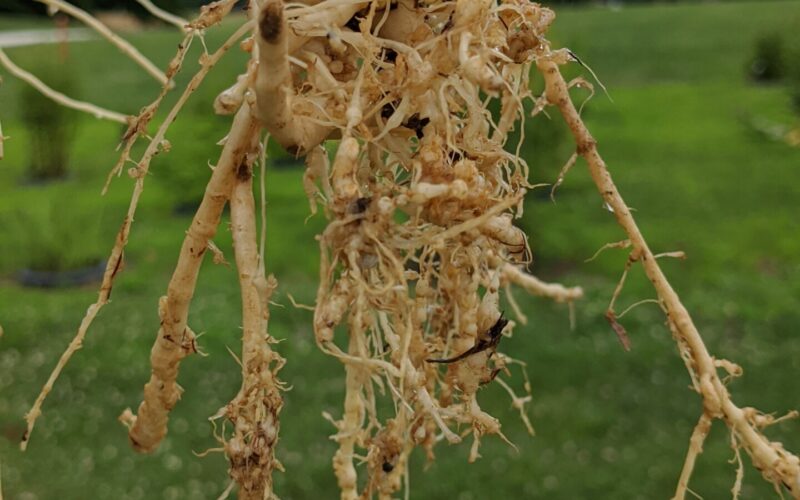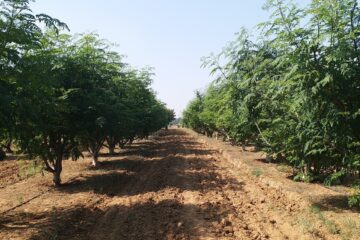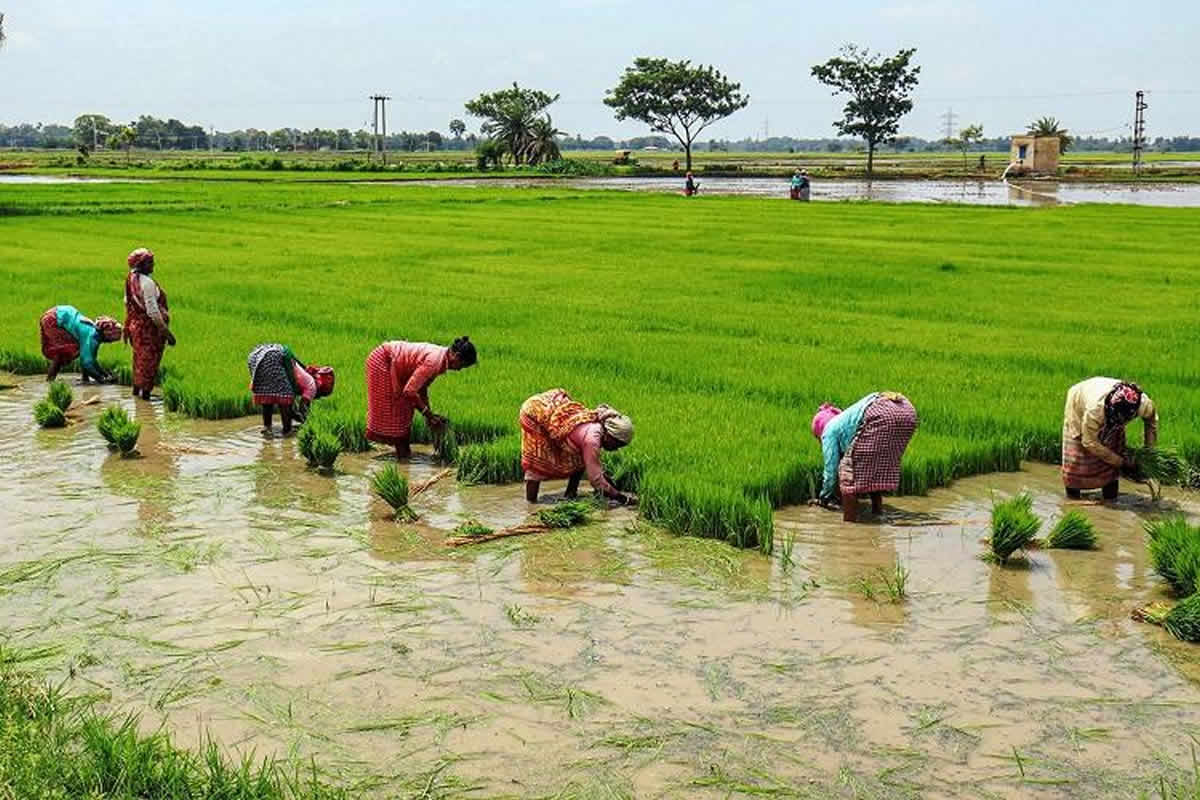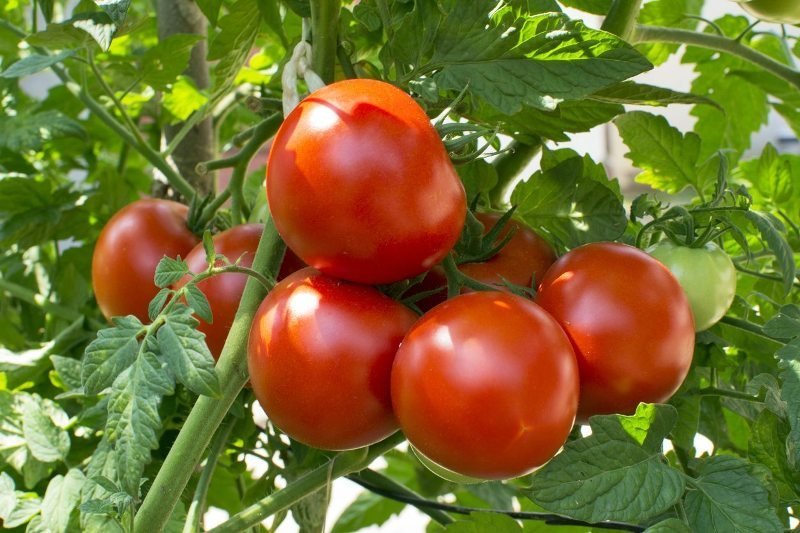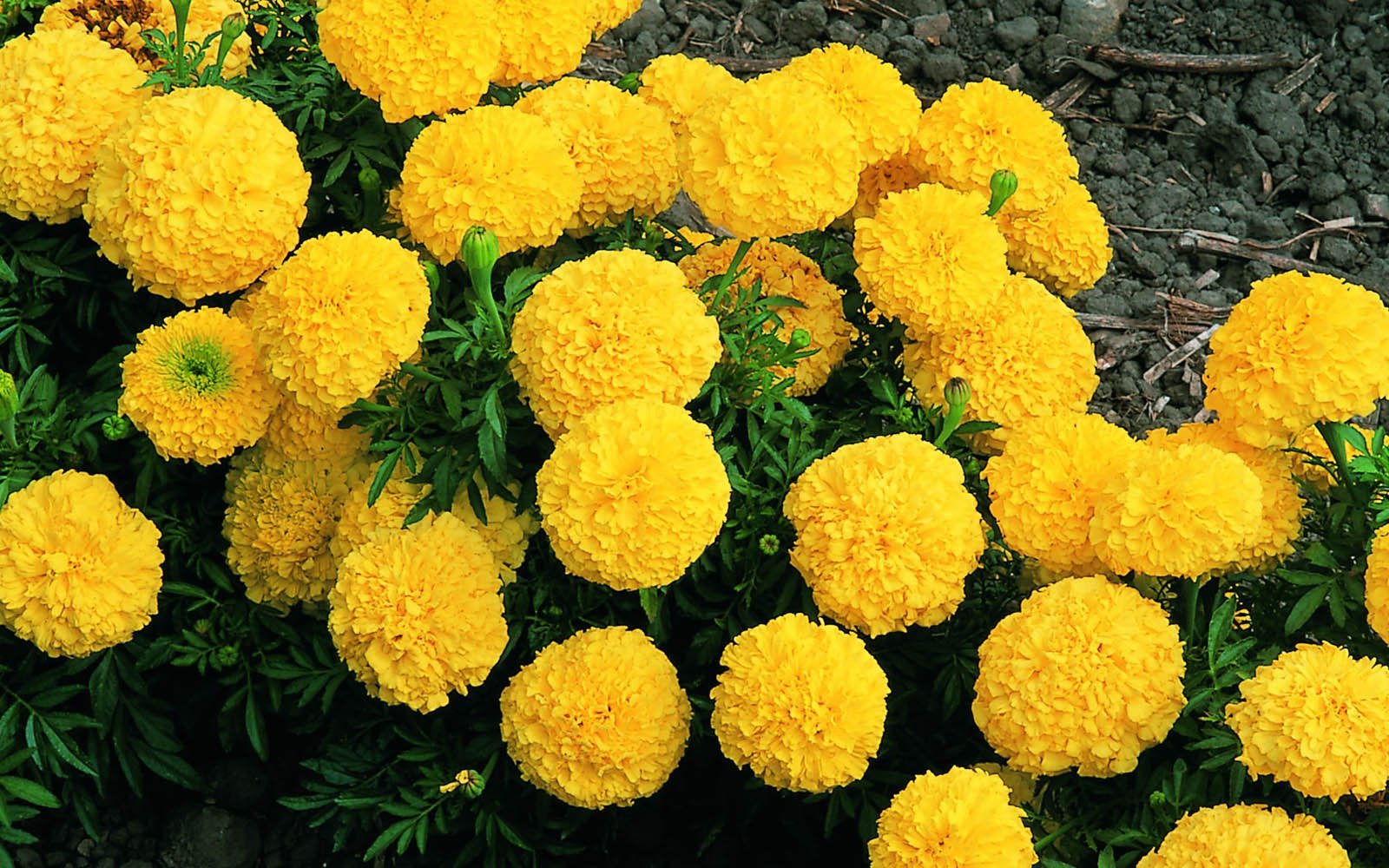Published in: March 2019
Root-knot nematodes cause significant damage to vegetable crops like tomatoes, okra, eggplant, chilies, cauliflower, and cabbage. These pests are widespread in Tamil Nadu and can lead to a 30-60% crop loss. They also heavily affect cucurbitaceous crops like pumpkin, bottle gourd, snake gourd, cucumber, and watermelon, causing the plants to wither before reaching full maturity.
Potatoes
The potato cyst nematodes in areas like Nilgiris and Kodaikanal infest thousands of acres. These cysts can remain viable for up to 30 years, and the nematodes reduce yields by up to 40%. They also reduce the size of potatoes, significantly lowering their market value.
Bananas
In banana cultivation, root-knot, root-rot, spiral, and burrowing nematodes are responsible for substantial damage. In Coimbatore district, burrowing nematodes are particularly destructive, while the spiral, root-rot, and root-knot nematodes affect crops in Tiruchirappalli, Tuticorin, Tirunelveli, Karur, Salem, and Erode districts.
Citrus Fruits (Oranges, Lemons, and Limes)
The citrus nematode impacts citrus crops in districts like Nilgiris, Palani, Salem, Tirunelveli, Tiruchirappalli, and Coimbatore, leading to yield losses of up to 90%. In Tiruchirappalli and Perambalur, the pest reduces the productive life of lemon trees from the expected 20 years to just 5-10 years.
Grapes
Grapevines in Coimbatore, Dindigul, Madurai, and Dharmapuri districts are affected by root-knot nematodes, leading to a 10-15% yield loss and increasing the susceptibility of vines to other diseases.
Flowering Plants
Flower crops such as crossandra, jasmine, roses, and champak are affected by root-knot, root-rot, and spiral nematodes, with these pests causing widespread damage across Tamil Nadu.
Complete eradication of nematodes is impossible as they can survive in soil for extended periods. Therefore, early detection and control measures are essential to manage their impact. Testing soil and root samples can help detect infestations at the early stages.
Control Measures
For vegetable nurseries, apply 10 grams of carbofuran 3G per square meter one week after planting, or mix 1 kg of neem cake per square meter. Alternatively, 10 grams of Pseudomonas fluorescens per square meter can be used. In fields, apply 2.5 kg of Pseudomonas fluorescens per hectare.
For flower crops, to control root-knot and root-rot nematodes, apply 33 kg of carbofuran 3G or 10 kg of borate 10G per hectare on the 15th day after planting.
For bananas, control root-knot and root-rot nematodes by applying 40 grams of carbofuran 3G in the planting pit for each sapling. Alternatively, soak the banana suckers in a solution of 15 ml monocrotophos per liter of water for 10 minutes before planting. Apply 700 grams of neem cake mixed with urea per plant.
For grapes, apply 60 grams of carbofuran 3G per vine to control root-knot and root-rot nematodes, or alternatively, apply 100 grams of Pseudomonas fluorescens per vine.
For citrus plants, to control citrus nematodes, apply 100 grams of carbofuran 3G per tree, and every four months, apply 20 grams of Pseudomonas fluorescens around each tree.
For papayas, control root-knot and spiral nematodes by applying 20 grams of carbofuran 3G in each planting pit during planting and again during flowering.
Dr. T. Senthilkumar and Dr. R. Suvarnapriya, Horticultural Research Station, Pechiparai – 629161, Kanyakumari District.

